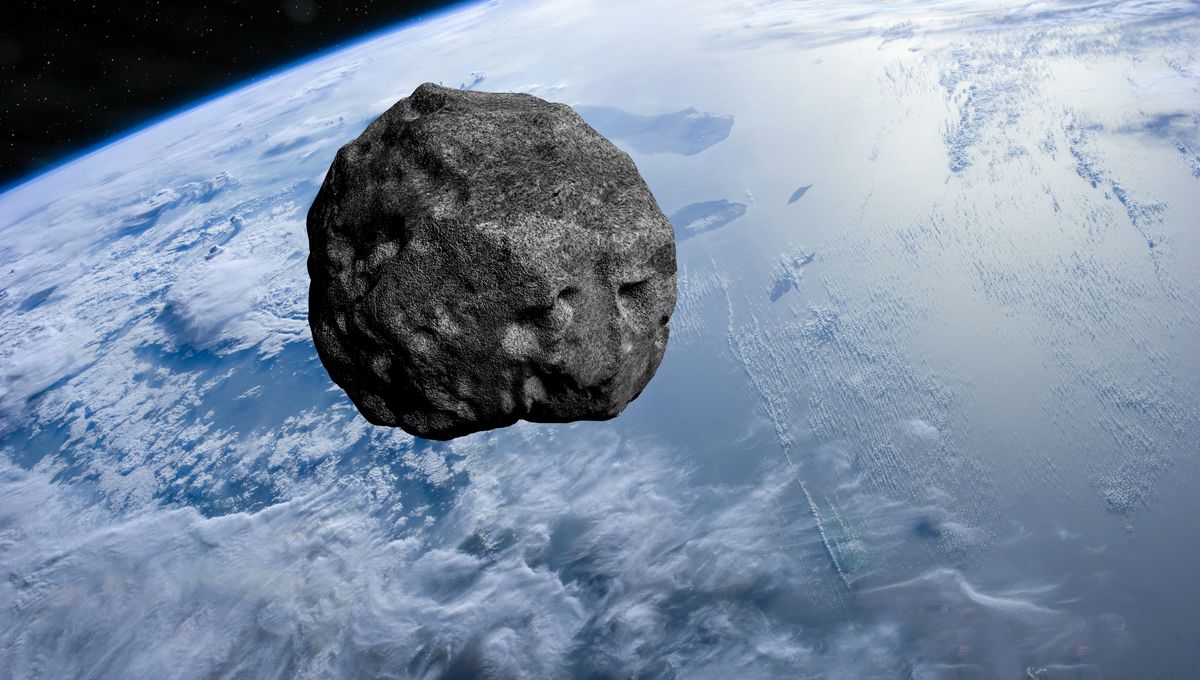
Update 2/6/25: We have updated this article to include the Center for Near Earth Objects Studies cumulative impact probability, which upgrades the chance from 1.8 percent to 2.3 percent.
ADVERTISEMENT GO AD FREE
The threat of Asteroid 2024 YR4 has not gone away just yet. The near-Earth object was discovered in December and calculations of its orbit showed something concerning: there was a remote possibility that it was going to hit our planet. This placed 2024 YR4 at Level 3 on the Torino impact scale with a 1.2 percent chance of impact on December 22, 2032. The chance of impact has just got higher.
No need to panic yet or start playing Aerosmith’s “I Don’t Want To Miss A Thing” – while the chance is now 2.3 percent as of February 6, it will most likely go down to zero as more observations are taken. The near-Earth objects that are yet to be classified are small and dark, so there is only a brief window of opportunity for us to study them. Particularly at the beginning, with fewer observations, this process has large uncertainties. That’s why the chance is currently high.
Astronomers need to estimate a risk corridor – the narrow plane of the asteroid orbit – and this is often wide enough to spread over millions of kilometers. It is only with many observations that the risk corridor is shrunk down to a more realistic orbit and that the chance of impact drops to zero.
The latest observations have also helped refine the size of this space rock. It is slightly smaller than the original estimate range: between 40 and 90 meters across (131 and 295 feet). Still, the original estimates of size and risk were enough to activate a global planetary defense response, and that response continues. Space agencies are not taking any chances.
The International Asteroid Warning Network (IAWN), chaired by NASA, and the Space Mission Planning Advisory Group (SMPAG), chaired by the European Space Agency, are planning the different aspects of humanity’s response to this potential threat. IAWN is coordinating international organizations to better characterize the asteroid and its risk of impact.
SMPAG has some overlap with that but also looks at possible mitigation, providing the United Nations with recommendations on what to do. If the risk increases, this might mean a a kinetic impactor mission, like the extremely successful NASA DART mission which altered the orbit of Dimorphos, the small moon of asteroid Didymos, and may have even created the first human-caused meteor shower.
ADVERTISEMENT GO AD FREE
The risk will continue to change and let’s hope it starts going down soon, the world has enough on its plate right now.
Source Link: Chances Of Asteroid 2024 YR4 Hitting Earth In 2032 Just Climbed To 2.3 Percent